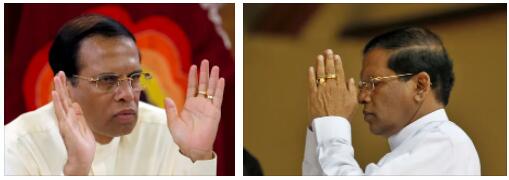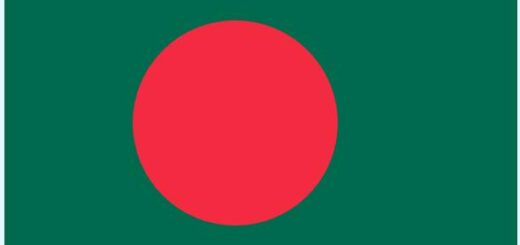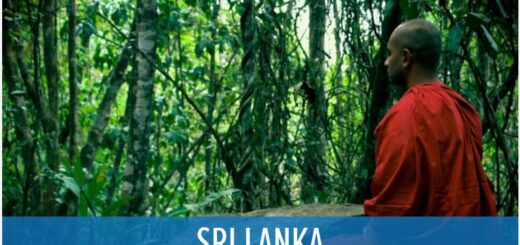State Structure and Political System of Sri Lanka
Sri Lanka is a free, sovereign, independent and democratic socialist republic, which is a unitary state. Check equzhou for political system of Sri Lanka.
Administratively divided into 10 provinces: Central, North Central, North East, North West, Sabaragamuwa, South, Uva, West, North and East. The last two provinces were merged into the North Eastern province in 1988, but in 1993 the provinces were again de jure separated. The provinces are divided into 25 districts.
The largest cities (2001, thousand people): Colombo, Dehiwala (210), Moratuwa (177), Negombo (122), Kotte (116), Jaffna (120, 1981), Kandy (110).
The form of government is a presidential republic. The highest legislative body is the unicameral parliament (National State Assembly). 225 deputies are elected for 6 years. The head of state is the President, who, according to the Constitution, is also the head of the executive branch, head of government, and commander-in-chief of the armed forces. Has the right to dissolve parliament, appoints the prime minister (with the approval of parliament) and ministers from among members of parliament, determines their functions. The term of office of the president is 6 years. Can only be elected to this post twice. The head of the highest legislative body is the Speaker, who presides over the meetings of Parliament. His powers are very limited. The government (cabinet of ministers) is headed by the prime minister. There is a collective responsibility of the Cabinet to Parliament.
The right to vote is granted to all citizens who have reached the age of 18, have not committed serious crimes and have not been recognized as incompetent. The President and Members of Parliament are elected by universal, equal and direct suffrage by secret ballot.
The province is headed by a governor appointed by the president for a term of 5 years. He has the right to dissolve the provincial council, which is elected by the people for 5 years. There are development councils at the district level. A number of council members are appointed by the central government, some are elected for a term of 4 years. Local authorities are city councils and village committees.
Elements of a two-party system developed, and for half a century the main electoral struggle was between the UNP and the SLFP (and their allies). Check homeagerly for democracy and human rights of Sri Lanka.
The main business organization is the Federation of Chambers of Commerce and Industry of Sri Lanka, which is a member of the Chambers of Commerce and Industry of the member countries of SAARC and the Asia-Pacific Chamber of Commerce and Industry. In 2000 there were 707 public organizations.
Sri Lanka is one of the organizers of the Non-Aligned Movement and a participant in all conferences of non-aligned countries. During the bipolar period, the governments of the UNP maintained closer relations with Western countries, while the governments of the SLSL, while maintaining these ties, actively developed relations with the socialist camp. Neighboring countries are of particular importance. Since 1985, Sri Lanka has been actively involved in the activities of SAARC. Economic ties with developed countries play an important role. After the start of the civil war, the main direction of foreign policy is the desire to end support for Tamil militants from outside.
The armed forces (total strength 125,000) are recruited. They consist of the Ground Forces (about 90 thousand people), the Air Force and the Navy. Defense spending amounted to approx. 56 billion rupees (2001).
Sri Lanka has diplomatic relations with the Russian Federation (established with the USSR in 1957).



